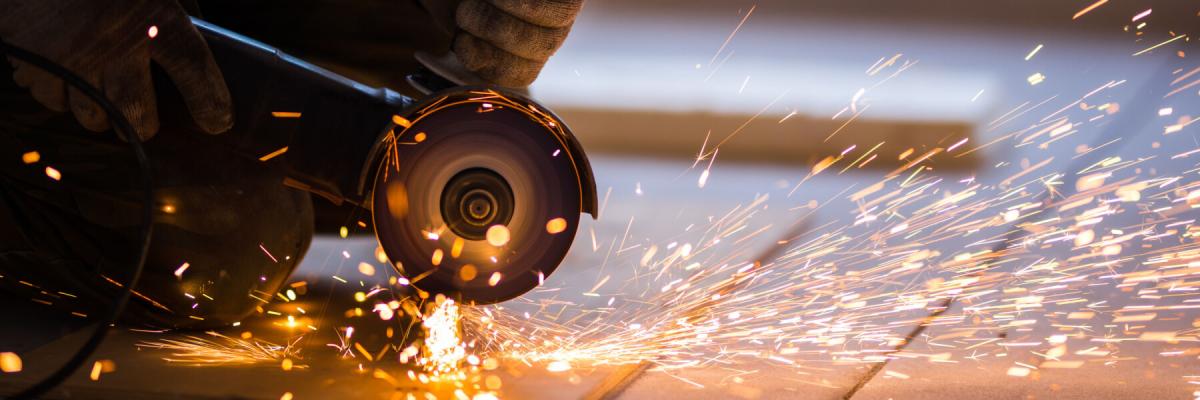
In many industries, hand and power tools are part of everyday life. Naturally, that means they become another part of the workplace safety conversation--one that must be taken seriously. Here's what to know about hand and power tool safety and how to approach it in ways that work.
Workplace Safety: A Closer Look at Industry Tools
When it comes to workplace safety, there are a lot of things to keep in mind--so many, in fact, that it can be easy to overlook some of the most obvious risks. That's especially true when it comes to hand and power tools.
Why? Simply put, these tools often seem like everyday items; if workers are particularly comfortable operating them, it's possible to take the risks for granted. For example, you probably use kitchen knives all the time--but because they're just another part of your day, you likely don't spend a lot of time thinking about proper handling techniques, potential health and safety hazards, and other issues.
That means it's important to recognize hand and power tools for all that they are: not just helpful parts of your industry, but also possible sources of physical, financial, and maybe even legal trouble.
This is where workplace safety tips come in particularly handy.
Tips for Hand and Power Tools
Workplace safety is an ongoing task--one that is always evolving. Luckily, with tips like these, it's easier to address every element of workplace safety, including hand and power tools.
#1: Choose appropriate safety courses.
Workplace safety courses are an excellent way to make sure everyone is on the same page about regulations, expectations, and possible risks. At Northwest Safety, we offer general hand and power tool safety courses as well as industry-specific tool safety courses depending on your needs.
As you learn more about the tools used in your workplace every day, you'll engage with hands-on activities, written exams, practical evaluations, and more. You and your teams will come away feeling better prepared to prevent accidents or respond should they occur.
#2: Use the right tool for the job.
While your workers are probably well-versed in their roles, this kind of comfort can sometimes lead to complacency. For example, they might grab a "close enough" tool when the correct choice is inconvenient, believing they can "make it work." Of course, making something work isn't the same as using it for its intended purpose, which means this kind of well-intentioned corner-cutting could lead to workplace safety issues.
#3: Inspect tools before use.
Regular inspections should already be part of your workplace safety routine, but do your teams inspect every tool before operating it? Remember to have them look at power cords and connections as well as the tool itself--that way, even more issues can be prevented. If a damaged item is identified, instruct workers to move it away from the others and clearly mark it with "do not use" warnings to let the rest of the team know what's going on.
#4: Develop good habits.
You can't control every single element of a hand or power tool, but you can control how you utilize it. That means you and your workers should collaborate on building good habits. For example, you should build and maintain a list of personal protective equipment (PPE) necessary for each tool. You should also review the best way to use different tools--how to hold and maneuver them, how to stand and maintain balance during operation, and what conditions (like rain or snow) should stop you from using the tool altogether.
#5: Be smart about surroundings.
Workers likely know to look out for obvious puddles and other hazards that could make their tools more dangerous to use, but they need to be aware of everything else, too. For example, they should always be sure that observers or other workers are far enough away before starting or using a tool; they should also know where the cord is connected and how long it is to avoid accidental pulls or trips.
In conclusion, hand and power tools are an important part of workplace safety. To protect your business and your workers, it's important to stay aware of how these tools are utilized, maintained, and inspected.
Want to learn more about workplace safety? Interested in hand and power tool safety courses? Contact us today to get started.
